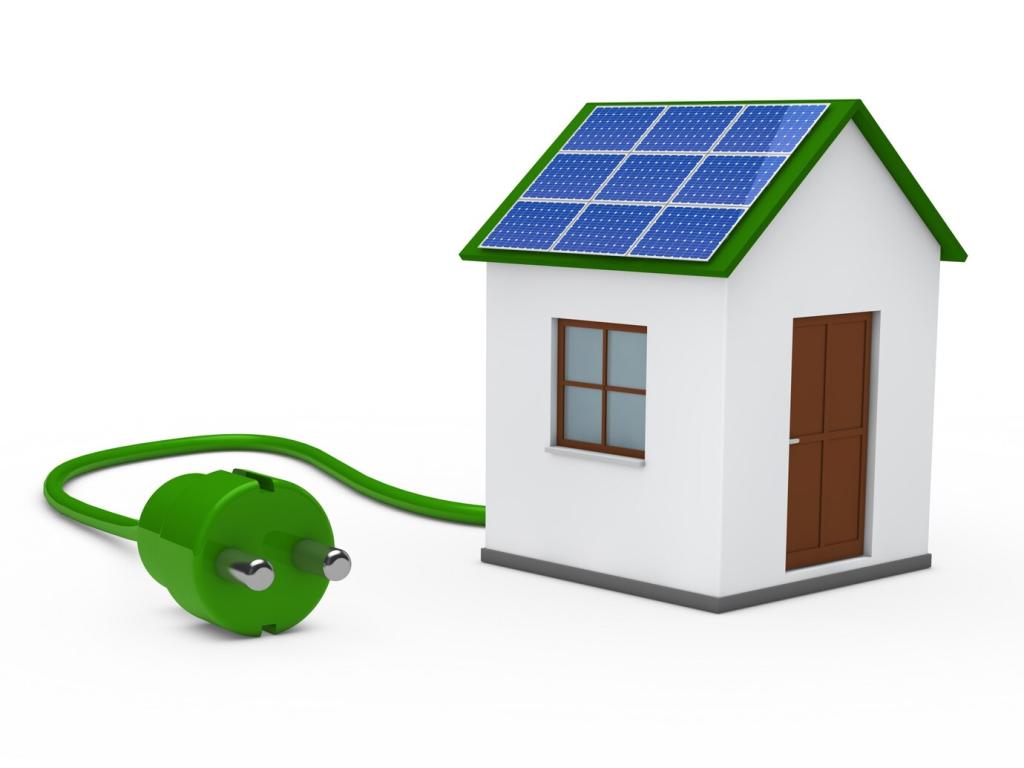Grid Resilience and Seasonal Reality
Solar output often aligns with daytime peaks, reducing reliance on gas peakers. Storage pushes that clean energy into evening hours. Ask providers if projects include batteries, and share your ideas for demand flexibility that magnifies the environmental benefit of your credits.
Grid Resilience and Seasonal Reality
Congested lines can force plants to curtail output, limiting impact. Projects that plan for grid upgrades, storage, or flexible operations can avoid waste. If your subscription lists interconnection details, tell us how developers are tackling congestion and ensuring delivered, not curtailed, clean power.











